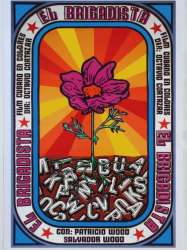Films from the country "cuba", sorted by revenue
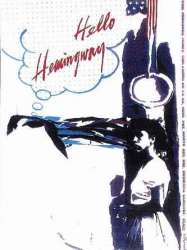
Hello Hemingway (1990)
, 1h30Directed by Fernando Pérez
Origin Cuba
Genres Drama
Themes Seafaring films, Transport films
Actors Enrique Molina
In 1956 Batista's Cuba, sixteen-year-old Larita lives with her mother and her aunt's family in a ramshackle house outside Havana. From their garden they can see Ernest Hemingway's white mansion. At home, she adorns her walls with pictures of Elvis Presley and Tony Curtis, while at school she excels in her English class. Larita is delighted when her teacher suggests that she enters the scholarship exam for a university in America. Larita also happily dates a class mate, Victor, the president of the student association.
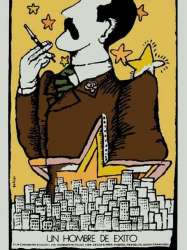
A Successful Man (1986)
, 1h56Directed by Humberto Solás
Origin Cuba
Genres Drama
Actors César Évora, Daisy Granados, Rubens de Falco da Costa, Carlos Cruz
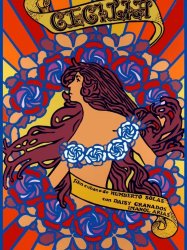
Cecilia (1982)
, 2h39Directed by Humberto Solás
Origin Cuba
Genres Drama
Actors Daisy Granados, Imanol Arias, Miguel Benavides
The film takes place in 19th-century Cuba. Cuban society is split over race, as there are deep divisions between the whites, their black slaves, and the mulattos, people of mixed race, that are caught in between. The story follows Cecilia (Daisy Granados), her experiences with love, and the beginnings of the Cuban slave rebellion.

Alsino and the Condor (1982)
, 1h29Directed by Miguel Littín
Origin Cuba
Genres Drama, War
Actors Dean Stockwell, Delia Casanova

The Survivors (1979)
, 2h10Directed by Tomás Gutiérrez Alea
Origin Cuba
Genres Drama
Actors German Pinelli

Río Negro (1977)
, 2h15Directed by Manuel Pérez
Origin Cuba
Genres Documentary
Actors Sergio Corrieri, Nelson Villagra
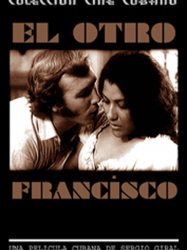
The Other Francisco (1975)
, 1h37Directed by Sergio Giral
Origin Cuba
Genres Drama, Historical
Themes Films about slavery
Actors Miguel Benavides
Deux versions, l'une idéalisée et romantique, proche de l'œuvre anti-esclavagiste d'Anselmo Suárez Romero, et l'autre, de facture réaliste, tendant à questionner la vision de l'écrivain. Le roman traite de l'amour impossible entre deux esclaves poursuivis et torturés par leur propriétaire jaloux.

The Man from Maisinicu (1973)
, 2h4Directed by Manuel Pérez
Origin Cuba
Genres Drama, Thriller
Actors Sergio Corrieri, Miguel Benavides, Rogelio Blaín, Enrique Molina
Cuba, 1964. Le cadavre de Alberto Delgado est découvert un matin. Qui est réellement ce personnage ? Comment est-il mort ? Une histoire de la vie courante enveloppée d’une atmosphère pleine de mystère et de violence.

The Days of Water (1971)
, 1h50Directed by Manuel Octavio Gómez
Origin Cuba
Genres Drama
Actors Idalia Anreus

The Other Christopher (1963)
, 1h55Origin Cuba
Genres Drama, Fantasy
Actors Marc Dudicourt, Jean Bouise
Le dictateur Anastasio, qui contrôle une île imaginaire, est chassé par un coup d’État organisé par l’archange Gabriel. Anastasio meurt et part à la conquête du ciel afin de rétablir son pouvoir sur terre. Cristóbal , un prisonnier qui vient d’être libéré pour devenir le nouveau chef de l’île, est alors contraint de fuir. Il se fixe au village de Tecunuman où il organise une révolte contre Anastasio et les représentants des compagnies nordaméricaines. Il est secondé par la Vierge, un personnage mystérieux incarnant l’idéalité et la pureté...
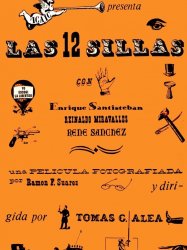
The Twelve Chairs (1962)
, 1h34Directed by Tomás Gutiérrez Alea
Origin Cuba
Genres Comedy
Actors Adriano Domínguez
 Connection
Connection


